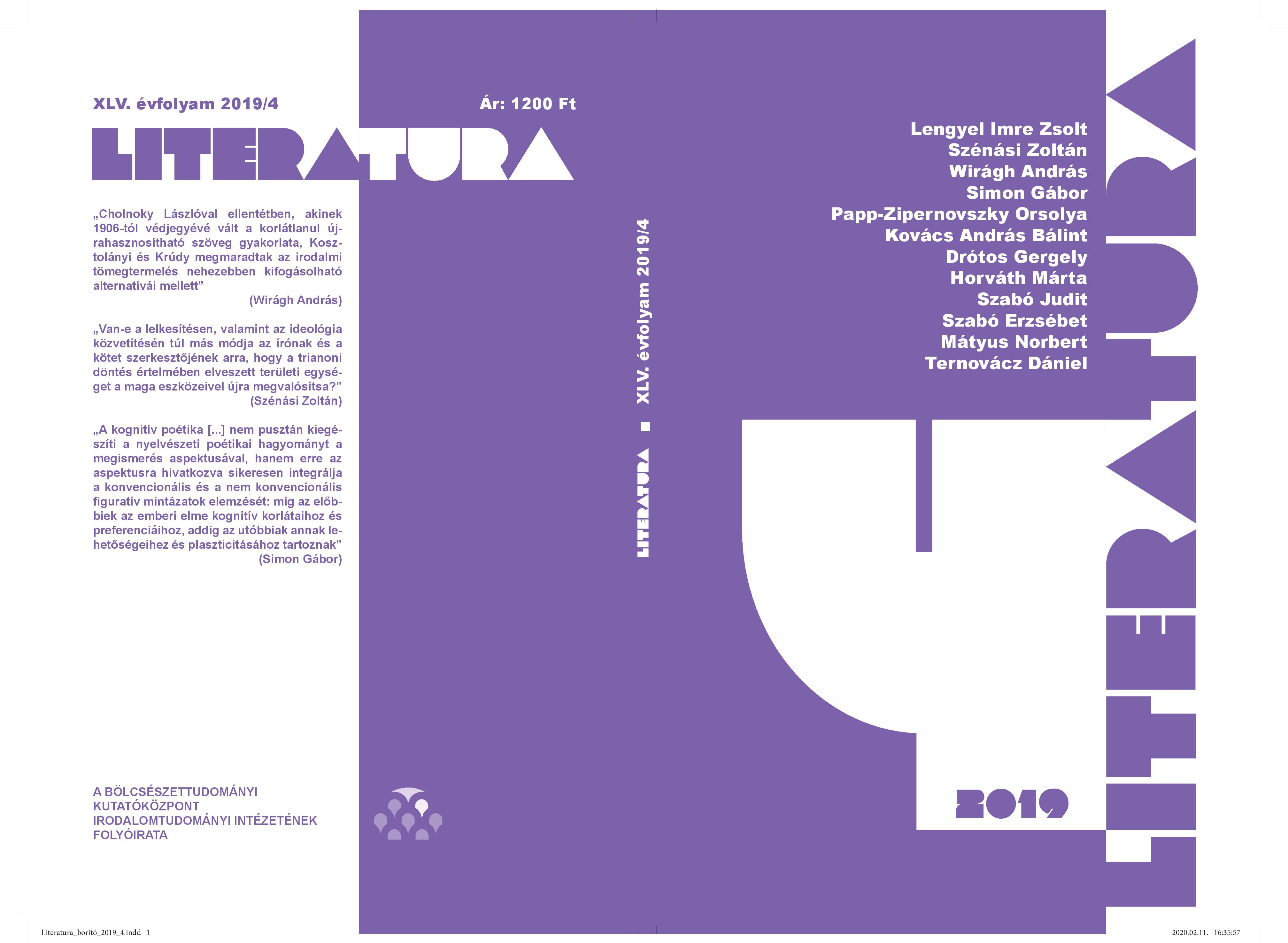Narratív és nem narratív filmes szerkezet befogadásának összehasonlítása EEG-vel és verbális szóasszociációval
Absztrakt
Comparing the reception of narrative and non-narrative filmic structures by EEG and verbal associations
In our pilot study we examined the differences between the cognitive effects of narrative and non-narrative filmic structures. Comparing the results of the EEG recordings and verbal association tests, we concluded that non-narrative filmic structure requires more active mental processing in the episodic and the working memory as well as the theory of mind regions of the viewer’s brain, while narrative filmic structure requires more effort in topographic orientation. In the verbal association tests, more concrete and object-focused answers were triggered in case of the narrative structure, and their diversity was lower, while the specificity of the
associations to the non-narrative structure lay in their abstraction, diversity and relation with sensory modalities. Our hypothetical reception model assumes that
narrative and non-narrative films with live actors are based on very similar non-conscious mental processes. In case of higher cognitive processes, the reception of
non-narrative films is more informed by individual variations.



